New Designs for School
Want Real Ed Reform? 5 Ways Students Should Be Included
Topics
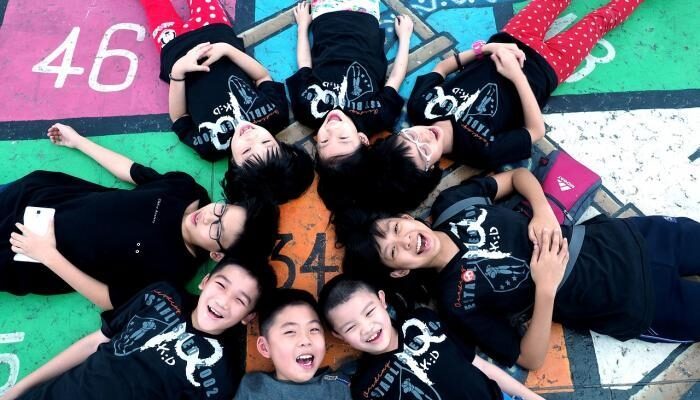
We’ve all had the experience of truly purposeful, authentic learning and know how valuable it is. Educators are taking the best of what we know about learning, student support, effective instruction, and interpersonal skill-building to completely reimagine schools so that students experience that kind of purposeful learning all day, every day.
If we are serious about providing each & every student a truly transformational 21st century education, we need to ask our students what they think should be done.
This post originally appeared on Changing is Learning on November 21, 2016.
As a graduate journalism student over 20 years ago, I worked on a thesis project centered on education reform news reporting. I was analyzing how often education reporters included students in their stories about education. Probably no surprise….it was almost non-existent.
Traditionally, no entity has ignored their primary customer, consumer or constituent more than education with students. I was fortunate enough early on as a beginning teacher to discover the power of student voice and student-generated ideas. Throughout my career, I have always benefited from asking my students what they thought, what they are interested in and where would they like things to go.
If we are serious about providing each and every student a truly transformational 21st century education, then we may want to consider the following five areas for asking our students what they think should be done:
Learning Feedback
Having our students reflect on their learning and learning experiences are crucial to both student development, as well as instructional growth. As teachers, we do a lot of things to improve our craft. But again, we rarely ask our students what is working for them and what we can do to help improve their learning experiences. In general, students are both honest and willing to discuss what is going on on with their education. Great teachers have always probably asked—formally or informally—how their students are doing and what can be better. But it’s time to make this a standard. We now have the ability for all educators to regularly engage all of their students about their learning. If we want higher levels of learning, critical thinking and skills, we’re going to all need to learn to get regular feedback from the most important player in education—the student.
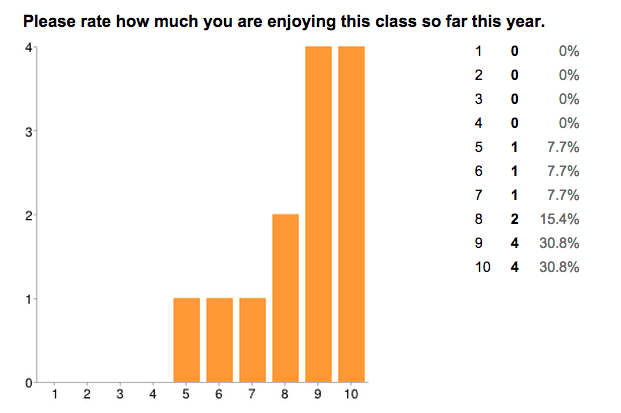
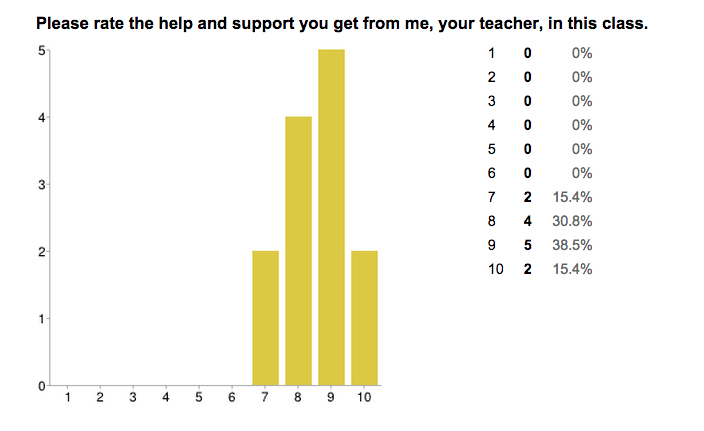
Curricular Choice
With the onset of personalized tech and learning, we now have unlimited number of ways for us to offer choice to our students. Higher forms of learning are predicated on the learner owning larger aspects of the learning itself. This happens through choice. If it’s a project, let’s offer different ways of delivering the final product. If it’s a research topic, let’s offer choices on various options. If it’s something to read, let’s not have students read the same thing, but rather read different things and then compare. Choice not only creates buy-in and ownership necessary for higher level learning, but creates an environment and learning culture that fosters innovation, confidence, risk taking and other necessary future skills. Efforts like #20 Time Projects (http://www.20timeineducation.com/), Genius Hour and more are also great example of allowing students greater freedom in the authentic learning they pursue.

School Governance
Traditionally, our student involvement in school governance has been limited to cursory efforts such as Associated Student Body and somewhat token officers who have limited access to site leaders. Many districts also have a student on their governing boards, but again these are usually merely symbolic gestures. But with the onset of real democratization in schools, at what levels could our students be involved in the school decisions that do ultimately affect them? Can our could the be involved on curriculum committees, reform efforts, leadership teams, budget committees, professional learning communities and more? This might seem like something unrealistic or impossible to some, but it’s really not. If we value their opinion in the classroom, we can also value it out of the classroom when decisions are being crafted that affect the classroom. I believe that our students are capable, ready and desperately needed.
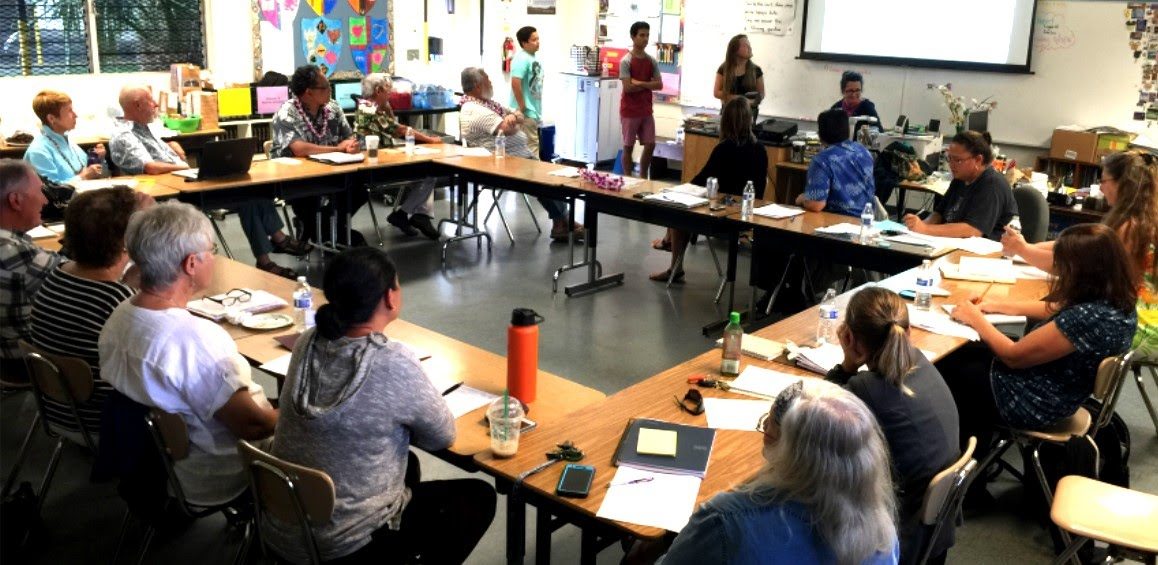
Staffing / Hiring
Schools may not have a more important task or duty than hiring their teachers. And yet again, how often do we consult the primary constituent of teachers (students)? Typically, we don’t. But as a high school principal of a new, 1:1, project-based school (www.minarets.us), we did just that. From almost day one, we include two students on every interview panel—whether that was for teachers, classified positions, coaches or other. Indeed, we went one step further. When we had competitive teacher interviews with outstanding finalists, we invited them back for a second interview that included a live teaching demo with some of our students who in turn provided immediate feedback to the learning activities, structure, engagement and more. As one can imagine, the students and their opinions were were not only vital, but truly insightful. And what a different school culture we enjoyed when students knew that our teaching staff had been selected with student opinion, input and participation.
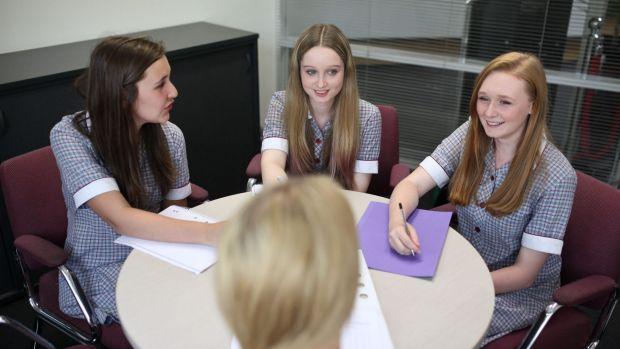
Schoolwide Needs / Problems /Challenges
I have personally experienced the success of this many times. Again, we rarely consult the primary people who ultimately experience the results of decisions we make when addressing school wide issues, concerns, or problems. But regardless of our challenge, we should ask students for their input. Not only will they have good ideas, they can be the agents to ultimately implement any ideas. For example, can adults solve or resolve bullying alone? No, we need student participation and leadership to ultimately address these types of things. I have always believed, and have had confirmed many times, that most students truly not only care about their learning, but also their learning environment. If they are trusted and respected appropriately, they can become supporters of our desires to have safe, clean, positive and nurturing learning environments. As a journalism teacher, I always involved them not only in story ideation, but also how to respond to public criticism, school reactions, faculty response and more. As a student leadership advisor, I had great success with challenging students to come up with creative solutions to everything from embracing diversity to special education inclusion and more. I used to challenge all of my students to create and implement School Improvement Projects are part of their semester final. They created events, programs and outreach efforts to address dozens of issues that the adults never would have had the time or capacity for in the least. They can often do what we can’t. Let’s involve them.
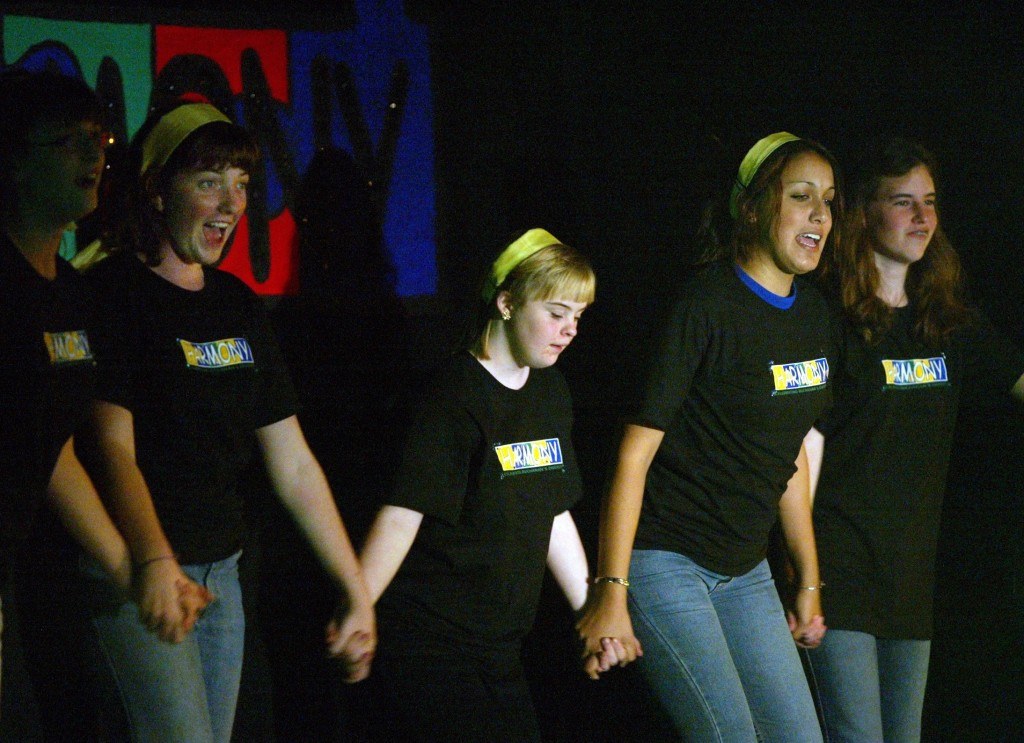
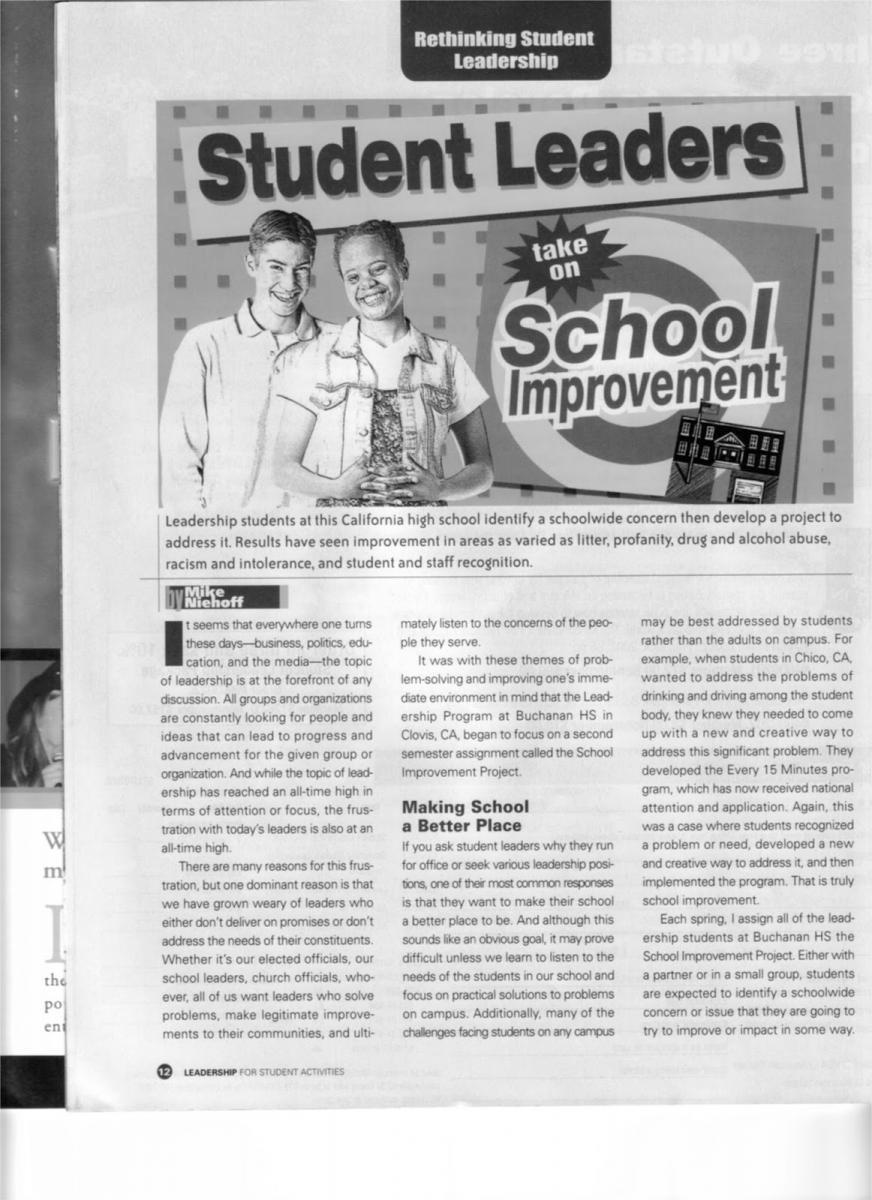
If we truly want change in our schools, as well as a new type of learner who embraces the skill set we expect from our future learners workers, we better learn to include them in the discussion.




